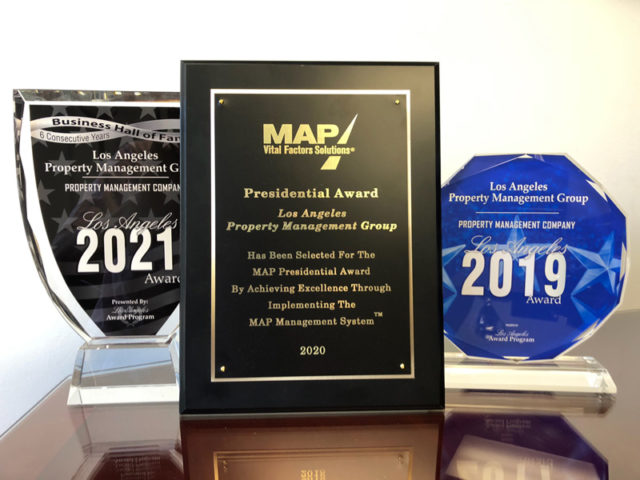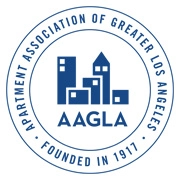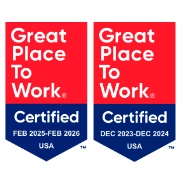Why Choose LAPMG?
Managing Your Manager: What Sets Us Apart
This video lays out our company philosophy in simple terms. We believe you'll find it helpful regardless of who manages your property, even if that means you. It has appeared as an article in Forbes, here.
Smooth Transitions, The LAPMG Way
We recognize the concerns owners have when considering a change in management. After 20 years of on-boarding clients, we’ve distilled the process to four steps that bring you the improvements you want seamlessly.
- Get in touch. Call (323) 255-9400 ext. 224 to talk to our CEO and learn about how our service starts at the top. Then, talk to one of our accountants to learn how they handle all financial aspects. Next, meet the person that oversees any maintenance issues. Our Director of Leasing will show you how we market your property to assure top rents paid by the very best-qualified tenants.
- We’ll work through a Management Transition Profile, customized for your property. We use a simple set of questions you can take home. This gives us a complete snapshot of the current details such as tenant data and ongoing services (gardeners, utilities, etc). It allows us to hit the ground running so all aspects of management continue smoothly, without interruption.
- We'll arrange a site visit. Every property is unique, and we’ll gather important information from visiting yours. Improvements to your investment often start right here.
- We'll send a welcome letter to tenants notifying them of the new management. We also invite them to call us if they have questions, and inform them that they can pay online, and make maintenance requests online or by phone as well. It’s a friendly notice that opens a line of communication. We’ll show you a sample in the office.
The foundation for this smooth transition is our team of caring, experienced professionals. You'll see consistent evidence of us serving your best interests and maximizing your profits. We'll minimize disruptions to your life, freeing you to do more of the things you love. Isn’t that why you considered a management transition in the first place?









